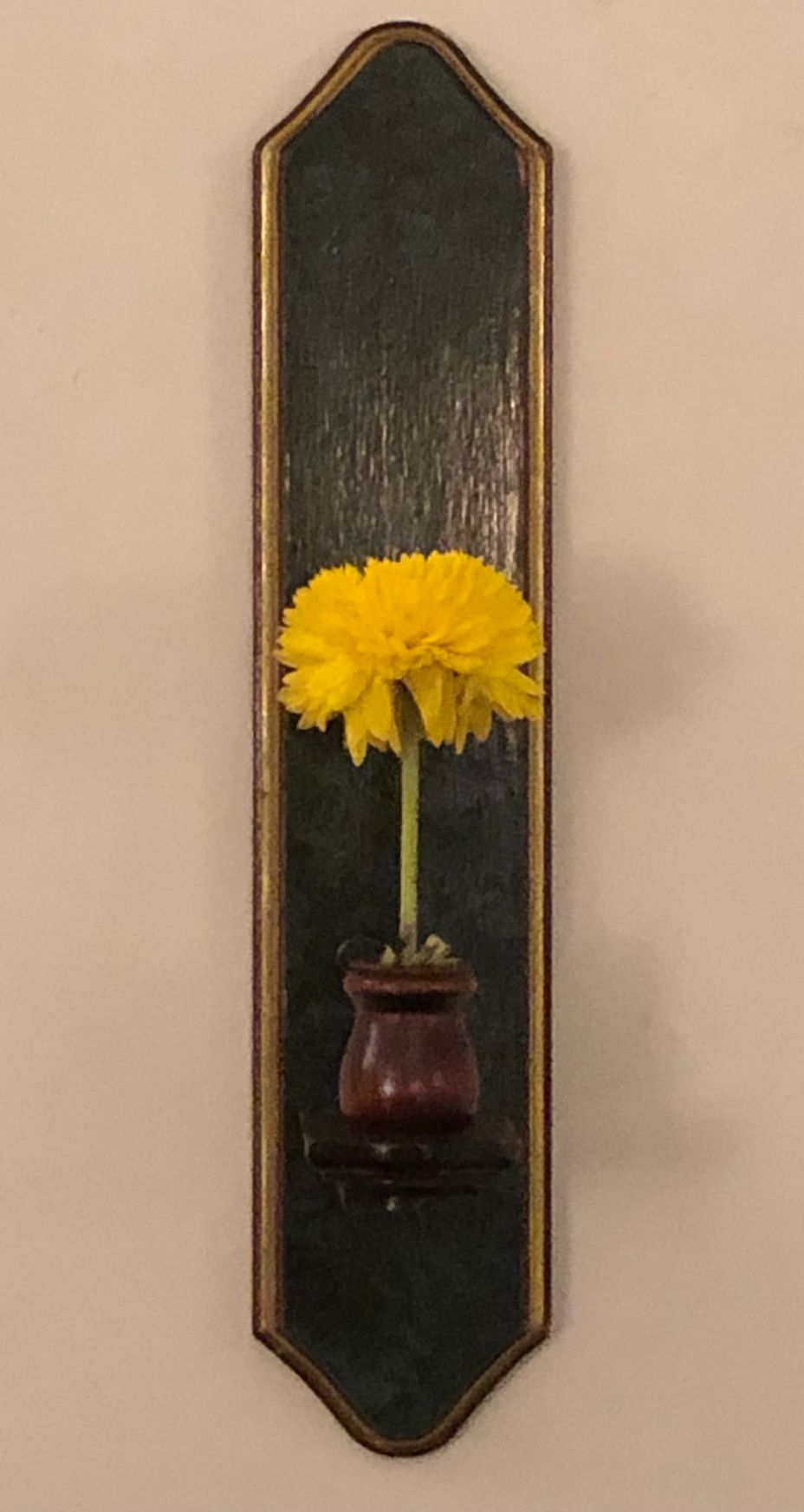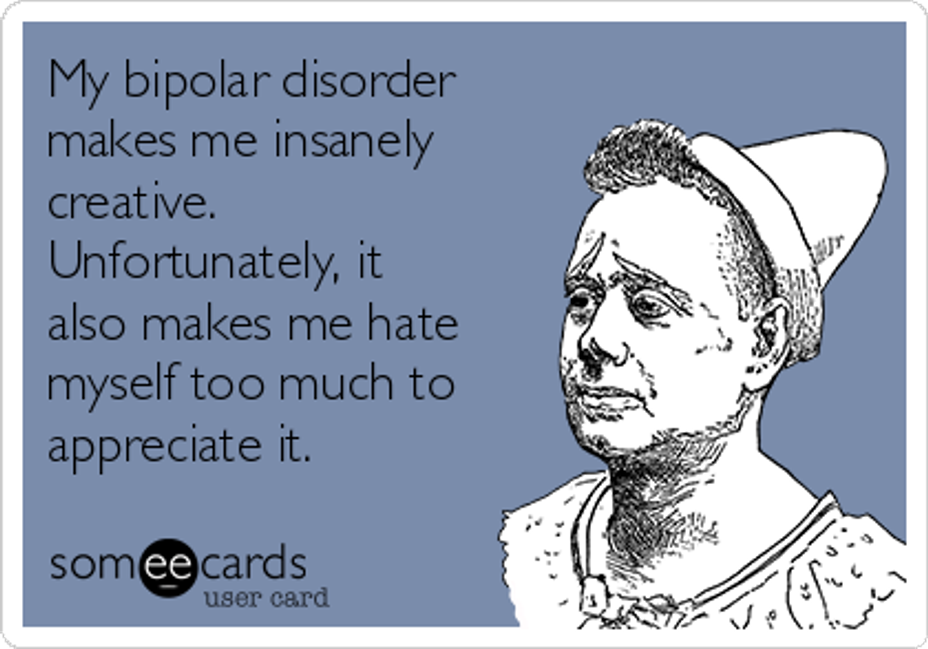When I go into a Bipolar Mania or Bipolar Depressive state, I feel things and my emotions and my expression returns. It’s at this moment that I can do some writing, practice my guitar, continue teaching myself Portuguese and Spanish, be able to socialise a little more and be what most of you would describe as normal. But then again, the truth is that I’m not wired up like the rest of you. My medication I take for control of my mood swings, my Psychiatrist says is well balanced and ‘working’. When I’m not in either of the two moods (depression or mania) and I’m said to be ‘functioning’, I’m actually just completely numb. Numb to emotions, numb to everything you take for granted. It’s like someone switched off your connection to the world. It’s like the saying that “The Lights Are On But Nobody Is Home”.
So, I looked at the medication I take; I have an antipsychotic called Olanzapine which is used in the treatment of Schizophrenia and Bipolar Disorder, and I have an antidepressant called Fluoxetine, which works very well in combination with Olanzapine, and I take a mood stabiliser to help me stay level called Lithium. But it’s not a cure for Bipolar Disorder, it’s simply just a remedy that works in reducing the severity of your mood swings to manageable levels but it doesn’t reduce the frequency of them.
When you have an episode of depression or mania I feel that it is like you are functioning, and that you have productivity and purpose once again. I am currently experiencing a high phase, the mania, which is manageable but it is still very erratic. Writing this for example is proving difficult as I’m trying to write the next paragraph before I have finished writing the current one.
Writing however became my primary coping mechanism for my mood swings and the panic I was unable at the time, to ride out.
When the psychosis started I felt weak. That I wasn’t in control of myself. The voices that got louder the more you tried to ignore them. It started with only a solitary word that I wrote. Not enough to keep the audience in my head from heckling me but I was able to start thinking about the words and not the nonsense going on in the background. Slowly the one word became two words, which then became three, and so on until I was able to write full sentences. From these I tried to make a paragraph out of them and join them together as best I could. This was because the words I had written weren’t really in any narrative form that was comprehensible to understand.
Since I started using this method to cope with the erratic nature of mania and psychosis, I have written 27 songs, about my bipolar perspectives on a unipolar world, the illness itself and the associated things that it brings. I started blogging in 2021 with the intention of creating a scrapbook if you will of all my thoughts and feelings about different things I have experienced, and if my Bipolar had any influence on my perspectives and opinions. I found that writing was the best way to cope with my extremes of Bipolar as it occupied my mind, and focused my attention on the writing and away from the nonsense that I had reverberating around my head. I have written 3 short books too which are a continuation in general of my blogs. I’m under no illusion about these being any good or great pieces of musical lyricism or profound literature, but I am proud of myself for doing it. For me though, it is an example of how you can make a negative situation become a positive one. I don’t have the answers for anything about Bipolar Disorder but I do have some insight into how to deal with things that might occur when you suffer from its effects, that I can potentially and hopefully, offer to others a new perspective on how to deal with the effects that are happening.
I have been a far worse person than most people. By this I mean that I can potentially help others and resonate with them in their journeys, as I’ve climbed out of the abyss of deep, dark depression and I’ve fallen from the highest echelons of the unrelenting madness of mania, from which I can now tell my story of how I attempted to get out of it, and maybe even give someone a chance to do it too.
#MightyTogether #MentalHealth




